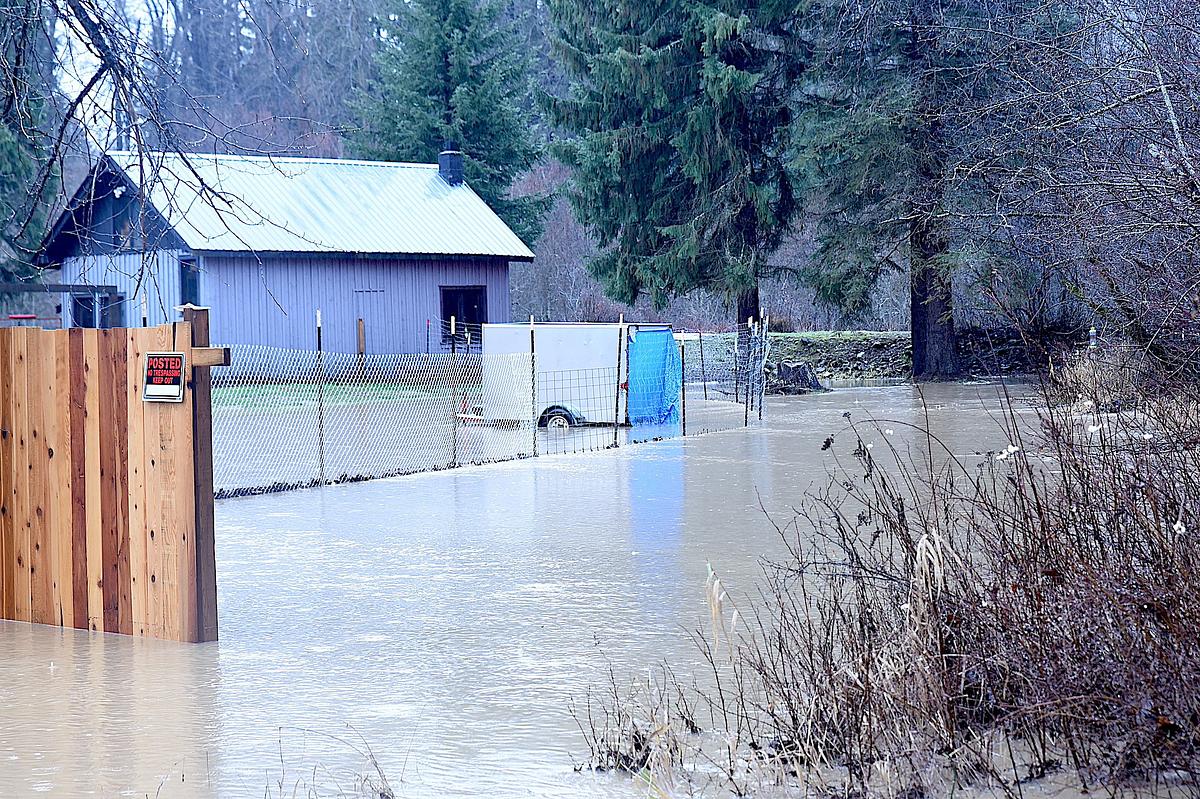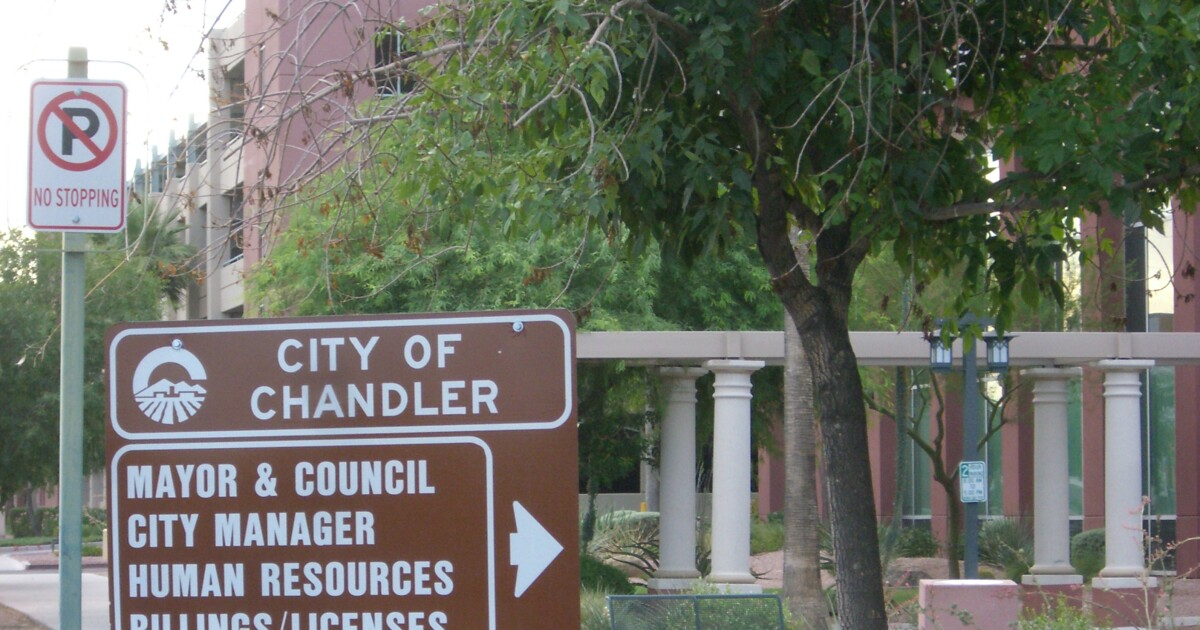At first glance, the desert terrain appears unremarkable, but venture closer and you’ll discover a massive crater stretching a mile across. This site, known as the Barringer Meteor Crater, is where two Canadian geologists, Sharini Kanni Suresh Babu and Ashka Thaker, are conducting field research.
“We are looking at a lot of white stones which are shocked Kaibab,” Kanni Suresh Babu states. “We are on top of that right now, and the view here is great.” The term “shocked” refers to the stones being altered by an asteroid impact traveling at an estimated speed of 30,000 miles per hour. While many such craters have been erased by natural elements, Barringer Meteor Crater remains one of the best-preserved.
Ashka Thaker, who specializes in analyzing lunar surface images, notes the crater’s resemblance to lunar craters. “It looks strikingly similar to what we see on the moon, so that’s one of the reasons why it makes a really good study space,” she explains. The fieldwork involves testing a LIDAR mapping instrument, which provides detailed three-dimensional data by emitting infrared pulses.
On the crater’s opposite rim, Sahank Vanga and Catherine Neish from the University of Western Ontario are seen as “two little ant people” in the distance. Vanga explains, “It shoots out a bunch of pulses of infrared light, and you can measure how long the light took to bounce off the surroundings and return to the sensor.” This mapping creates highly detailed images of the terrain, revealing even the smallest fractures in the rocks.
Neish shares the physical challenge of carrying the thirty-pound LIDAR equipment: “It was exhausting!” she laughs. “We couldn’t stop walking so we were going at a brisk pace over uneven ground for a mile without stopping in the 30-degree Celsius heat.”
While the LIDAR provides surface details, scientists are also interested in understanding what lies beneath. For this purpose, a ground penetrating radar is used, which Kristian Chan of Johns Hopkins University likens to “a lawnmower, except it doesn’t cut grass.” This radar allows researchers to peer below the surface without any excavation.
Wes Patterson, leading the radar team at Johns Hopkins, emphasizes the importance of finding water ice on the moon for future exploration. “Looking for ice on the moon is crucial for human exploration and the future of human exploration. If it’s there we don’t have to bring it,” he asserts. While water ice exists on planets and moons across the solar system, its presence on the moon remains a mystery.
Despite the allure of lunar exploration, some scientists, like Thaker, prefer to remain on Earth. “I love space and I love everything space has to offer, but I hope it’s offered to me either in the form of samples, while I’m here comfortably on Earth, or satellite images,” she says.
As the Artemis missions prepare to return humans to the moon, the research at Barringer Crater is vital in preparing astronauts, much like the Apollo astronauts who trained there decades ago. Neish notes, “You can understand, right, why astronauts would train out here. It really does look like the moon. If you put a greyscale filter on here, you can imagine yourself walking on the moon.”
The Barringer Crater continues to be a crucial site for scientific research and exploration, offering a terrestrial glimpse into the alien landscapes of outer space.
—
Read More Arizona News










